Materials
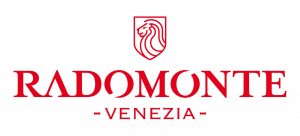
Radomonte – Stainless Steel 316
Steel is an alloy consisting of iron, carbon, chromium, nickel and other elements. It is thanks to chromium and nickel that steel becomes stainless steel, with percentages ranging in composition between 12% and 30% for chromium and up to 35% for nickel. The variation of these percentages means that the steel variants available only to AISL 316L stainless steel.
The Advantages of Stainless Steel
Stainless Steel is a practical and resistant material. For this reason, it is used for the production of products in continuous contact with water or subjected to mechanical shocks. It is therefore extremely functional and adapts to any use.
The main advantages of stainless steel
-
durability and resistance
-
does not rust or deform
-
it is resistant to corrosion
-
it is very easy to clean
-
does not contaminate the elements
-
it is not a good conductor of heat
-
it is inert in contact with chemicals
-
it is hygienic and ecological
-
it is completely recyclable
Biological studies have highlighted the exceptional hygienic advantages of stainless steel compared to other types of surfaces. The pore free surface leaves no chance for bacteria to survive. This also explains why it is used wherever maximum cleaning is required such as industrial kitchens, laboratories-so why not use it in your home.
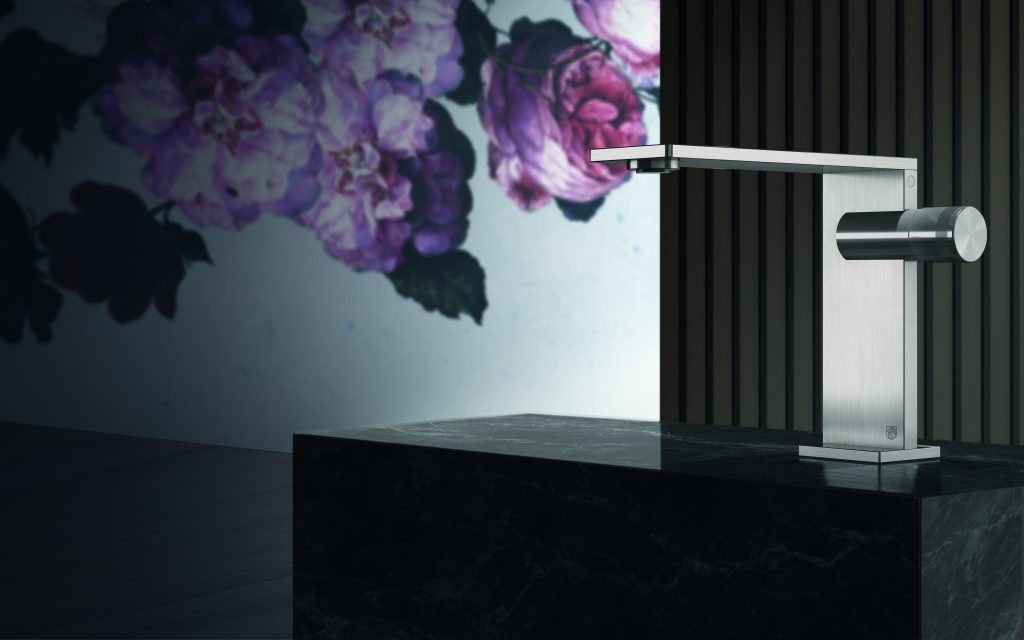
Radomonte – Murano Glass
Murano Glass can only be made in Venice Italy using specific methods and techniques used by Murano Glass artisans which go back as far as the 13th Century. When Murano artisans make glassware, they use various minerals to give colour to the glass mass. As the glass mass gets heated the minerals melt and give transparent glass specific colours, such as blue from cobalt or red from gold, green from iron and pink from manganese.
When Masters create Murano Glass by hand, they do not use exact measurements or machines, therefore two items of the same model may vary making each piece unique. Masters take pride in following the techniques and traditions of their fathers and grandfathers, with no modern technology.
Radomonte use glass for the ecological qualities. Glass is non-toxic, because it is composed only of natural substances. It is resistant, hygienic and 100% recyclable. Furthermore, for its recycling, it requires lower melting temperatures with consequent energy savings in processing.
Radomonte uses Murano Glass Handles in 2 of its collections. Dorin, Ice and Amber handles and Miro Black Handles
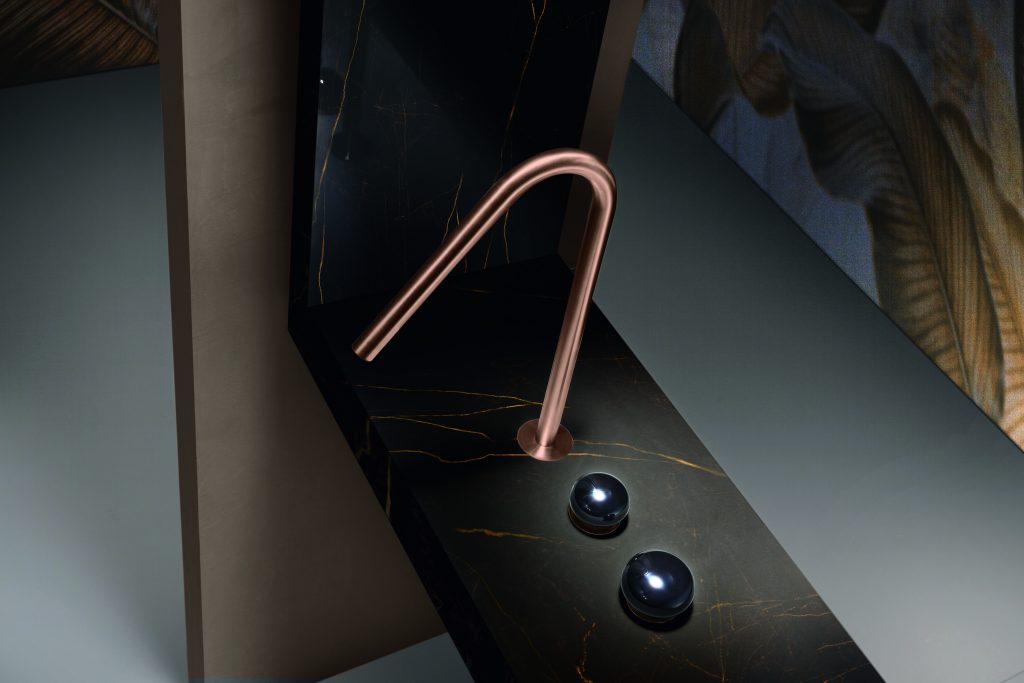
Formed – Concrete Character
The character of our concrete basins draws on this character and embraces it producing a material that is rich in character and colour, but that is is also robust enough to last for generations.
Pin Holes
Pin holes or air bubbles are one of the most notable characteristics of concrete and one that immediately describes the material as concrete. This is our favourite characteristic and one which we try to show in all our basins.

Patina
The patina of the concrete shows the rich textural flow of the concrete which can include pin holes. When our basins are cast and vibrated the textural flow of the concrete moving within the mould creates movement within the concrete itself and results in the movement being visible in the surface of the basin when it is de-moulded.

Colour
The colour of our basins can vary slightly from mix to mix, this is completely normal and is a result of differences in the recycled materials used within the concrete itself, as well as ambient conditions.

Mould Junctions
Some of our basins are made from two, three or even four-part moulds. The junctions between these moulds often causes the concrete to move between the moulds during casting, causing a texture and colour change. This is a normal part of the process and does not affect the basin junction.

Finishes

Radomonte Finishes
Radomonte collections are made of stainless steel in brushed or polished finish.
Brushed steel is also available in gold, bronzo, rosee and carbon PVD finishes.
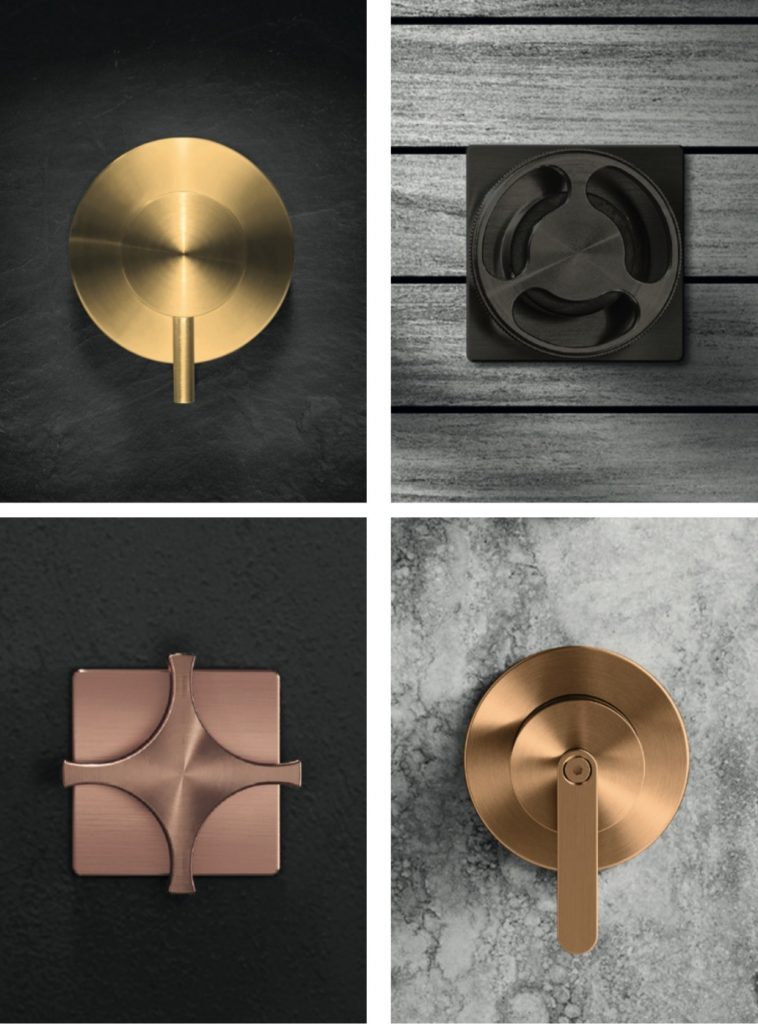
Physical Vapor Deposition (PVD) is a superior quality process that creates a very this film (0.5 micron) on the surface of the product.
The process is carried out in a vacuum chamber at a very high temperature and is known as a “line of sight” technique, meaning that the atoms that are vaporized from the solid material travel through the vacuum chamber and embed themselves into whatever object is in its path. Therefore, in order to coat the proper location of the object, this must be positioned in the chamber appropriately, or rotated during deposition to be completely coated.
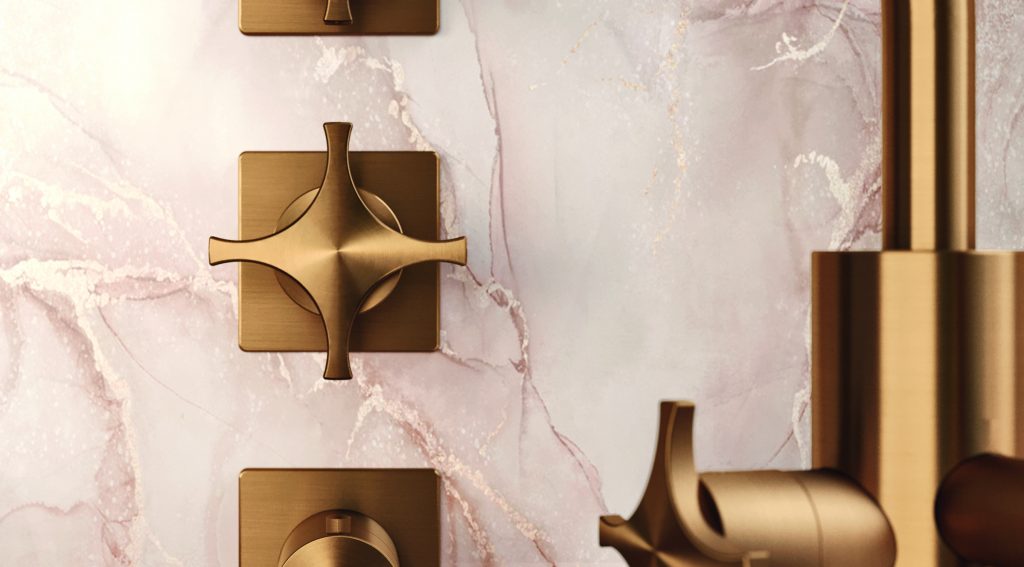
Common PVD coating materials are titanium, zirconium and aluminium, combined into different proportion as to obtain different colours and shades. These combinations also allow to obtain very high surface hardness, resistance to salt spray, corrosion and aggression from atmospheric agents, products for industrial use (solvents) and household products (various detergents) above the common standards.
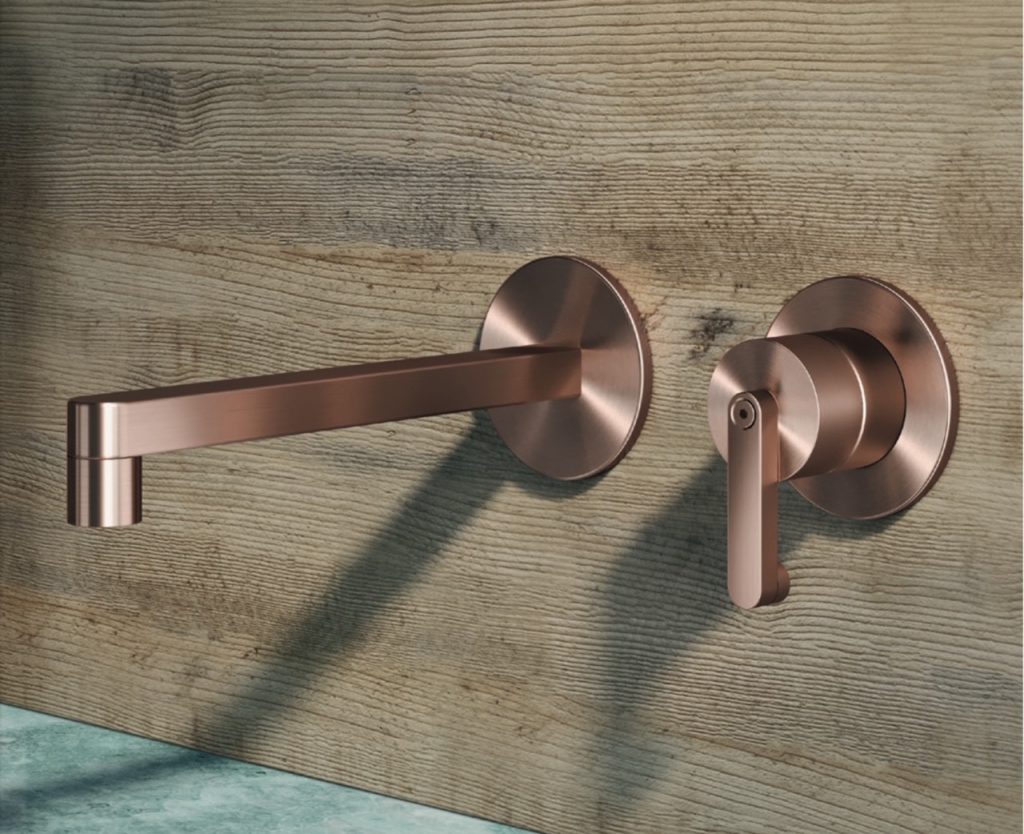
Looking after the Environment
PVD is an environmentally friendly treatment, causing no damage to the environment or risks to human health. In fact, it is non-toxic hypoallergenic and biocompatible.
